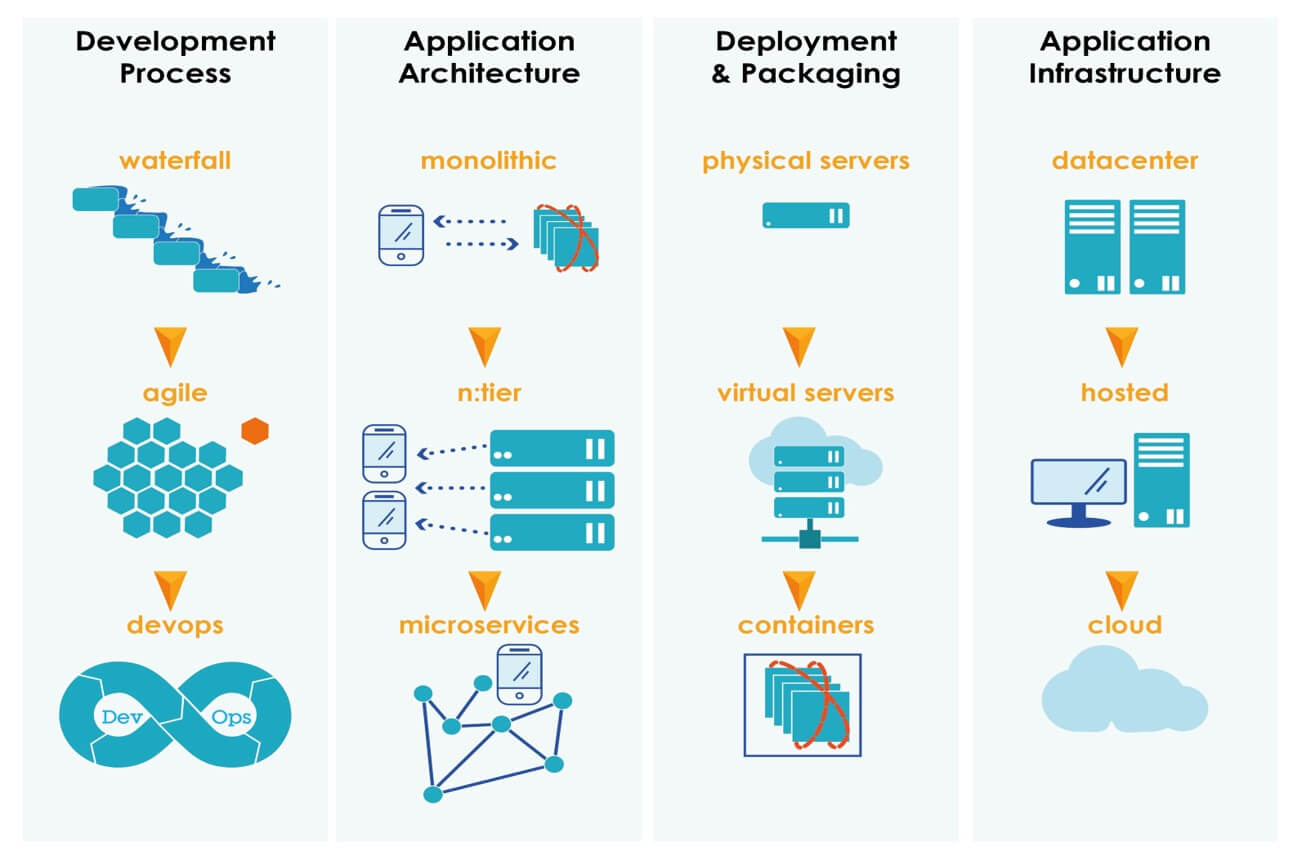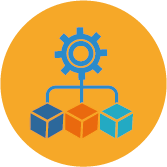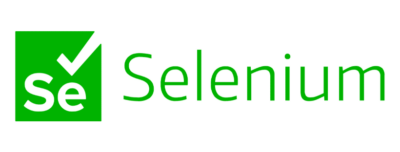By Philippe Magne
Summary
We are entering an era in which legacy systems are legitimately seen as somehow “sacred” under the influence of a number of inter-related drivers:
The explosion in data volume: It is in this area that we clearly see that not all database management systems are equal. The “old” DBMS such as DB2 or Oracle have proved their worth, yet the more recent ones such as Maria DB or Mongo DB still have everything left to prove. Once again, senior executives who operate legacy application estates are increasingly facing a classic risk management situation. Minimizing exposure to risk is the main reason why companies keep their legacy systems. This is particularly the case on IBM i, but holds true even in the mainframe world, despite the mainframe’s exorbitant operating costs.
Code volume: The billions of lines of code developed over the last thirty or even fifty years are becoming almost impossible to replace. So, what is the real issue? That the mass of legacy code should be converted over time to reduce technical debt and at the same time some peripheral functionality be replaced with more modern applications? It is much easier to consider this kind of “step by step” approach than a radical big bang. Once again, risk management is the driving force behind this strategy.
The criticality of applications: Migrating from one system to another represents such a high risk that it becomes almost prohibitive. The banking sector is probably the best example of this. Most companies carry at least one legacy application in their information system, which may be old, but is still vital for the ongoing support of the company’s business. The sheer “mission criticality” of such systems means that a specific risk management approach becomes the top priority. Obsolescence of technologies and shortage of competent resources really are the key issues.
Competitive advantage: A large number of companies have developed their applications over many years according to their own business model and needs. These heritage applications constitute a true competitive advantage. The specific functionality they contain has been created, nurtured and maintained over decades and ERP software providers are unable to replicate the value contained within them, without massive bespoke configuration and development, almost impossible to re-create in most cases. The implementation of any ERP system can force an organisation towards accepting a significant and dangerous loss of their unique competitive advantage.
1. Ensure the sustainability of a Legacy system
Even if a technology or platform appears “exotic” at first glance in an increasingly standardized infrastructure, it is certainly not from a global standardization perspective that we should be approaching the issue. This is the easiest way to push an organisation down a “one-way street” from which it is difficult to reverse but also dangerous and expensive to continue. Assessing the long-term sustainability of any information system is a challenging exercise as it involves taking into account a significant number of conflicting parameters: the sustainability of the platform itself, the sustainability of the IT ecosystem, and the ability to blend into the overall strategic direction.
2. Durability of the IBM i platform
Classified in this category of “legacy system”, the IBM i platform has been under constant attack for more than 20 years now. IBM itself started the process when it released its RS6000 platforms on Unix. At the time, it was even the same sales people who were going to praise the added value of the Unix world as a future “de facto standard”. Then came Microsoft, which tried to create a consortium of suppliers each offering migration solutions.
The result: a customer erosion rate of 2-3% per year!
Another interesting example: the biggest ERP vendor on the IBM i platform is JD Edwards, now part of Oracle! At the beginning of the 2000s, JDE completely redeveloped this ERP with Oracle/Linux/Java technology, a solution called One World. Today, Oracle finds itself having to support two co-existing products “living their lives separately” and an IBM i customer base of 4,000 customers who refuse the switch to the new system.
As mentioned above, being able to leave the platform is the main reason why some organizations opt for a “complete rewrite”. So let us look at the counter-arguments on the other side of the coin – the overriding reasons to remain:
The lowest TCO on the market: what the IBM i platform offers which is absolutely unique in the IT industry is the tight integration between the O/S and the database manager.
The result? Extremely low operating costs. There is no need for expensive database administrators in the IBM i world since it is the O/S itself which manages the database automatically.
The other arguments are just as important: unrivalled reliability, proven security: no viruses detected for decades, scalability (an extremely important point given the exponential growth in the volume of data in the world) and a product roadmap running through to 2029. Some customers mention the risk that IBM will eventually abandon this system. You don’t kill a cash cow! The hardware is strictly identical to Unix and Linux platforms, at no extra cost for IBM. The OS is very stable (and very intuitive). The database is where IBM has concentrated all its resources and efforts. It has become a true relational database. All IBM’s R&D work on the database ensure we can exploit the real benefits of the IBM i platform.
3. Sustainability of the ecosystem
What makes a platform successful is the strength of its ecosystem. An individual manufacturer alone cannot guarantee this sustainability. All the manufacturer can do is make its own technology economically relevant, but if there is no ecosystem of companies investing in its platform, then the business is doomed to fail sooner or later. This specific factor is what is interesting to observe in the IBM i world. The most advanced software development organisations / companies are gradually expanding to multi-platform systems while maintaining their competitive advantage through the retention of the extraordinary benefits of the IBM i platform.
4. Ability to “blend in” with the mainstream
Vendors operating in this “legacy” world are experiencing a significant resurgence from the growing impact of cloud computing, mainly due to the fact that they are no longer required to justify specific infrastructure related issues. A system that at first glance appears to be “exotic” to the extreme has a long life ahead, providing it has all the characteristics needed to work alongside (and integrate with) any future industry trends and standards. The driving forces behind these standards are: DevOps, Microservices, Cloud and Containers, and the four are by definition very closely interconnected. Does the IBM i platform meet all of these requirements? The answer is clearly yes:
- DevOps: yes, thanks to ARCAD technology, whose strategy over the past three years has been to make the most popular tools in the DevOps movement compatible with the IBM i environment
- Microservices: yes, although it requires code re-engineering efforts
- Cloud and Containers: yes. Most of the partners from the infrastructure world have all developed a “Cloud on Power” offering.

Technology Evolution
Conclusion
Legacy systems have shown their incredible resilience and ability to provide outstanding competitive advantage to leading businesses. It is important to note that despite the myriad of emerging technologies revolving around them, it is these “good old” and trusted systems that continue to keep the entire global economy running smoothly and securely. The systems are misnamed as legacy – they have now earned their new name of “heritage!”

Philippe Magne
CEO
Philippe Magne is CEO and Founder of the ARCAD Software, global ISV specializing in the areas of DevOps, IBM i Modernization and Data Masking. As Quality Assurance manager at the European Space Agency, Philippe initiated the ARCAD software lifecycle management project in 1988. He then created the ARCAD Software company in 1992 to assure the development and marketing of the software. Since, he has steered the company to produce a complete and integrated range of solutions distributed by IBM worldwide. Today ARCAD Software is recognized as the worldwide leader in DevOps for IBM i. Philippe is an unceasing champion of enterprise modernization and frequent speaker at events across the world.

REQUEST A DEMO
Let’s talk about your project!
Speak with an expert


























